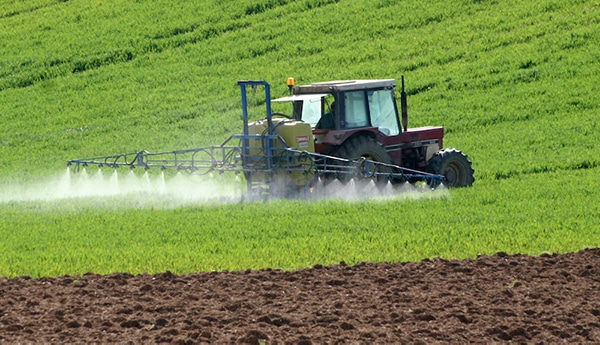Are you striving for a healthy soil …
that maximises sustainable plant growth and plant health, has sustainable biological activity, stores and cycles water and nutrients, decomposes organic matter, binds toxic compounds, and protects water quality while enhancing catchment health!?!
Have you heard of Biological Farming?
Biological Farming takes a whole-of-farm approach to managing soil chemistry, biota and physical structure. Soil organic carbon, in the form of organic matter, is the trade secret of biological and organic farming. A typical soil may contain as little as 0.1 to 5% carbon (pie chart below). Organic matter additions boost total soil carbon which enhances the characteristics of a healthy soil. Along with organic matter additions, Biological Farming also uses practices that reduce compaction and erosion, limits applications of pesticides and fungicides, and selects and targets fertiliser applications.
How do you identify soil improvement from Biological Farming?
Soil chemical and physical analyses can help you create baseline data and then be used to identify how biological farming practises have improved your soil.

Soil Management with Compost
Compost can be used to sustainably manage soils. The organisms inherent in compost build soil structure, decrease water use and re-establish natural disease controls. The soil foodweb cycles nutrients into plant available forms and bind leachable nutrients into an accessible weak organic matrix.
Additions of good quality compost can increase:
- soil organic carbon
- cation exchange capacity
- soil buffering capacity – an inherent liming value
- release and cycling of nutrients
- water holding capacity
- soil biology
- better crop yields
- binding of agro-chemicals
- carbon sequestration, reducing greenhouse emissions
- carbon offsets for trading
So what can you do…? While it’s not easy, it’s worth it!
- Understand soils need the biota, bacteria and fungi.
- Use Soil Health Cards. They’re freely available on the internet.
- Use soil analysis as a tool to reduce and target fertiliser applications.
- Use pesticides, fungicides, or both, only after careful consideration.
- Return organic matter to the soil, then manage this most valuable asset.
Article kindly provided by Environmental Analysis Laboratory.







